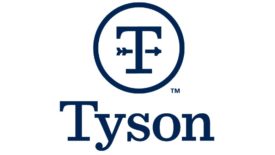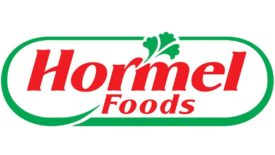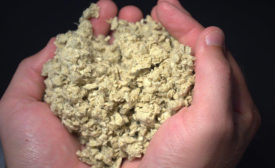Home » Keywords: » supply chain strategies
Items Tagged with 'supply chain strategies'
ARTICLES
Solutions target supply chain challenges from multiple angles using technologies that include software, artificial intelligence, cold chain management and more.
Read More
Tyson Foods and Gatik to deploy autonomous trucks in Northwest Arkansas to optimize supply chain efficiency
These trucks will deliver products to Tyson's distribution and storage facilities in the Rogers and Springdale areas.
Read More
Collaboration helps Hormel Foods leverage supply chain and sales data
Using the Crisp platform streamlines access and sharing of real-time data.
Read More
Stocking spare parts cost-effectively
Applying the marginal analysis principle of economics can determine whether or not the investment will prove worth its cost.
Read More
Is disruption-proof manufacturing possible with recent supply chain trends?
Responding to changes in the supply chain requires a fundamental shift in companies’ approach to production.
Read More
Cover Story | The Year of the Independent Processor
The year of the independent processor
The small processor community has acted heroically during the most trying times in recent memory.
Read More
Video | Coronavirus Coverage
USPOULTRY assisting processors, regulators in COVID-19 fight
May 8, 2020
2020 Food Safety Report | Business Strategies
Navigating complexity in a global supply chain
Read MoreGuest Commentary | Sustainability
How to integrate renewable energy into your business
Renewable energy projects demonstrate that sustainability and profitability are not mutually exclusive.
Read More
Stay ahead of the curve. Unlock a dose of cutting-edge insights.
Receive our premium content directly to your inbox.
SIGN-UP TODAYCopyright ©2024. All Rights Reserved BNP Media.
Design, CMS, Hosting & Web Development :: ePublishing



.png?1647275041)









